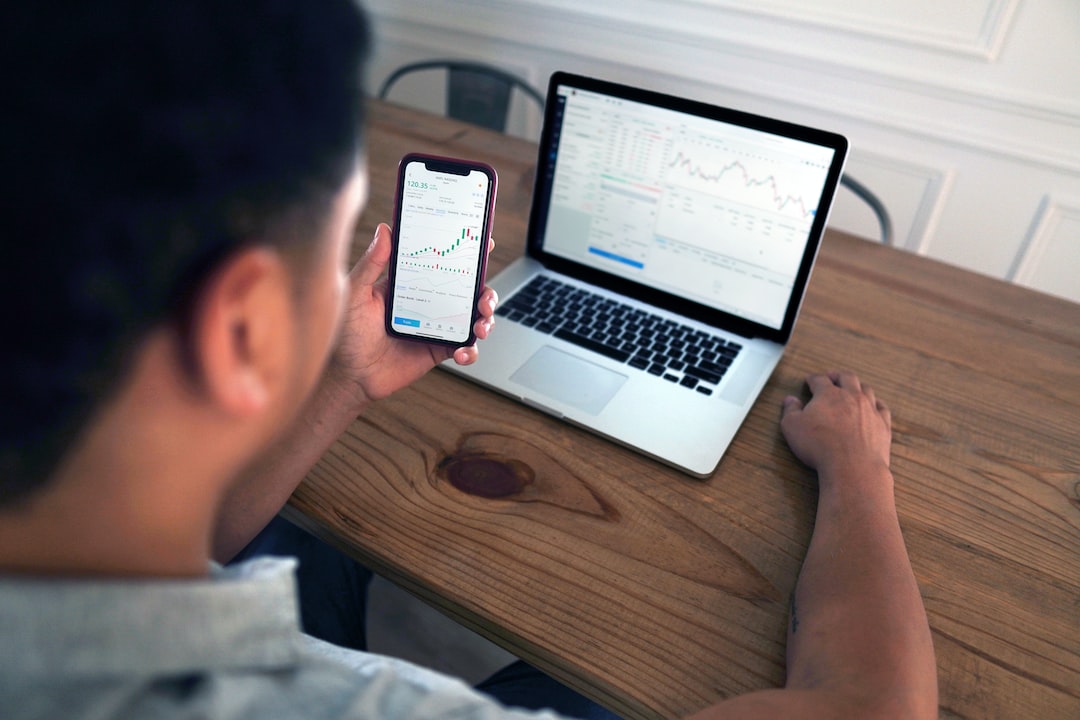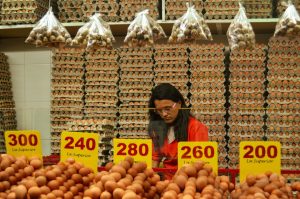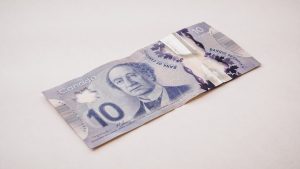The forex market is the largest and most liquid financial market in the world, with trillions of dollars traded every day. One of the most important concepts in forex trading is the spread, which refers to the difference between the bid and ask price of a currency pair. This spread is how forex brokers make money, but there is often an additional layer of markup added to the spread, called a spread markup. In this article, we will explore what spread markup forex is and how it works.
What is Spread Markup Forex?
Spread markup forex refers to the practice of adding an additional spread to the bid-ask spread of a currency pair. This markup is added by the forex broker and represents their profit. For example, if the bid-ask spread for the EUR/USD currency pair is 1 pip (0.0001), a forex broker may add a spread markup of 1 pip, making the total spread 2 pips.
The spread markup is typically added to the raw spread that the broker receives from the liquidity provider. The markup can vary depending on the broker and the currency pair being traded, but it is usually a fixed amount or a percentage of the raw spread.
Why Do Forex Brokers Use Spread Markup?
Forex brokers use spread markup as a way to generate revenue. Since forex trading is a decentralized market, brokers do not receive a commission on trades like stockbrokers do. Instead, they rely on the spread to make money. By adding a spread markup, brokers can increase their profit margins and remain competitive in the market.
Additionally, spread markup allows brokers to offer lower initial deposit requirements and leverage ratios. This is because they can offset the lower fees with the spread markup. Lower deposit requirements and higher leverage ratios attract more traders to the broker, which can result in higher trading volumes and more revenue.
How Does Spread Markup Affect Forex Trading?
Spread markup can have a significant impact on forex trading, particularly for day traders and scalpers. These traders rely on small price movements to make profits, and the spread can eat into their profits. The larger the spread, the more difficult it is to make a profit.
For example, if a trader buys EUR/USD at 1.2000 and sells it at 1.2001, they have made a profit of 1 pip. However, if the spread is 2 pips, the trader would need the price to move to 1.2002 just to break even. This makes it more challenging to make a profit, particularly for traders who make multiple trades in a day.
Spread markup can also affect traders who hold positions overnight. Since the spread markup is added to the raw spread, it can increase the cost of holding a position overnight. This is because the spread tends to widen during low liquidity periods, such as overnight or on weekends. The wider the spread, the more expensive it is to hold a position.
How to Minimize the Impact of Spread Markup
While spread markup is a standard practice among forex brokers, there are ways to minimize its impact on your trading. One way is to choose a broker that offers lower spread markups. This may require some research and comparison shopping, but it can be worth it in the long run.
Another way to minimize the impact of spread markup is to choose a trading strategy that is less affected by the spread. For example, long-term trend traders may be less impacted by the spread since they hold positions for longer periods. Additionally, traders can avoid trading during low liquidity periods when the spread tends to widen.
Conclusion
Spread markup forex is a common practice among forex brokers. While it allows brokers to generate revenue and offer lower fees, it can also impact traders’ profits. By understanding how spread markup works and choosing the right broker and trading strategy, traders can minimize its impact and improve their chances of success in the forex market.






